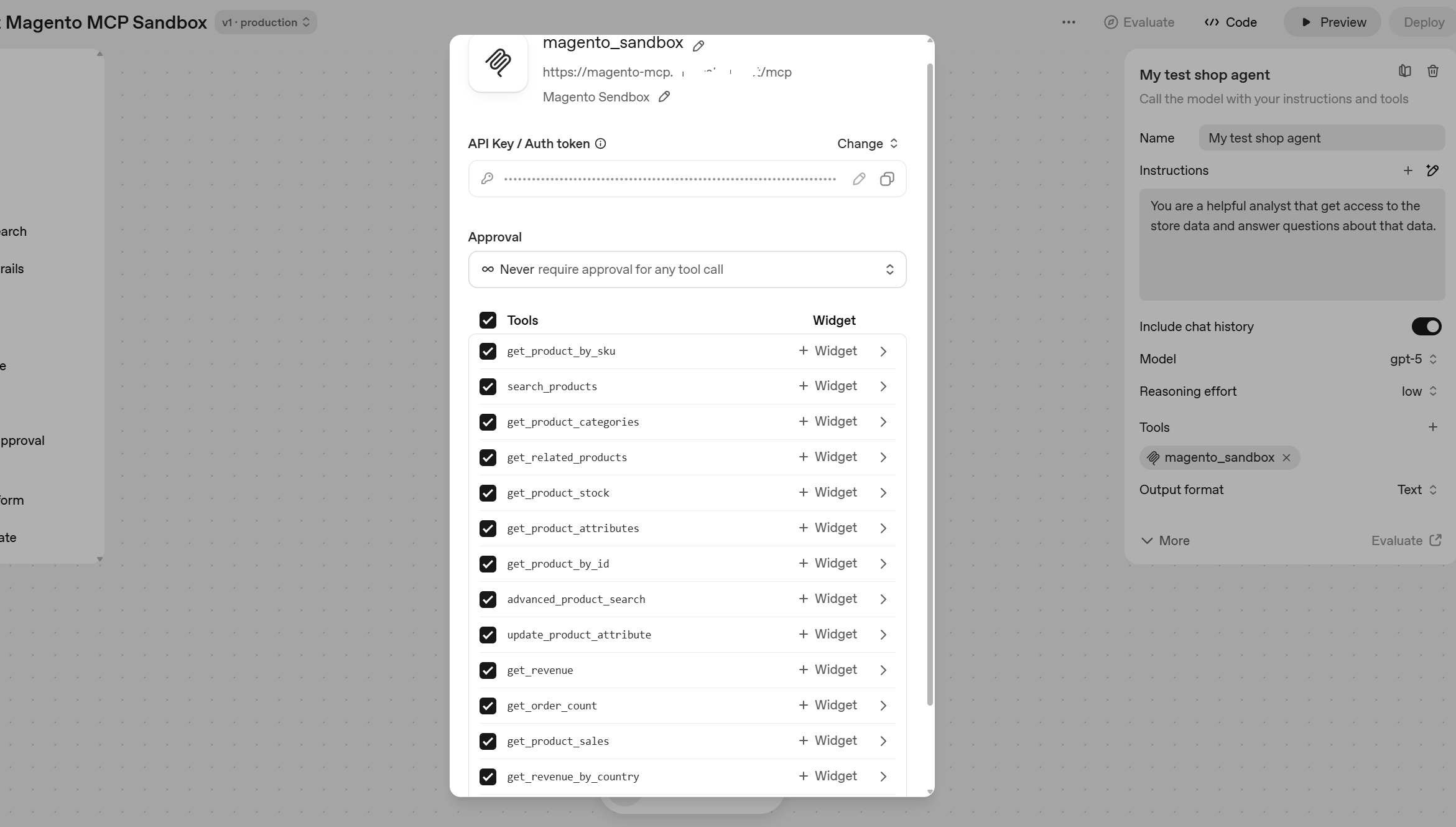Today Google announced quite significant changes in their maps API service. What is important that these changes require action, because otherwise your website or app may stop working properly.
Typical use cases of the Google Maps API in ecommerce are:
-
- Store locators and directions to store
- Shipping optimization (select what warehouse is better for particular delivery)
- Checkout address verification/autocomplete
- Just a map to your single store or office on the contact page
Google rebrands their Maps API as Google Map Platform and changed the prices and approach to billing.

If you use maps on your website or app, there is a very high chance that you are affected!
There is still free threshold available (while much less generous than it used to be), but you have to provide billing information (credit card details) anyway.
If you fail to do that your applications using Google Maps API stop to work properly from July 11.
What should you do with that?
Hence you have around five weeks to act. Suggested action plan for business owners and managers:
- Check if there is a chance that your websites and applications use Google Map. It can be as simple as a map displayed on the website or as complex as cutting edge augmented reality app.
- If you think that it is possible, try to find out who control Google development account where API is created.
- If it is someone in your organisation, he/she should receive email from Google with the instructions what to do. It is the easiest case, you just follow the instructions provided by Google, add billing information to this account (credit cart details) and the things are sorted
- If it is your service provider (like digital agency or software vendor), they may receive such email
- You need to decide how you handle billing, especially with external service provider case. Most logical option is to set such account to be billed to a business (client) account directly, so you may need to create a new dev account with Google
- There is a high chance, especially for the projects developed long time ago that you will be unable to find out who control developer account – people leave, businesses get closed or acquired. In this case you have no other options than to create a new account
- Once you created a new account and linked it with billing details you have to re-create Google Maps API keys and change it in all your websites and assets. Depends on specific website/app it can be as easy as copy-paste the key in admin interface, or more complex where the key is hard-coded in configuration files or directly to code. In this case you’ll need a developer help.
Google Maps is extremely popular service, so many people in many businesses will be busy next weeks. A common practice that API keys were set by developers. Some of them may be obtained a while ago and by developers not working with the clients anymore. So I afraid many websites and apps using Google Maps stops to function mid next month.
Pricing changes
Detailed comparison is hard to do due to different approach pricing, but in overall the prices increased, often significantly and a free layer is now less generous than it used to be.
For example with current (old) pricing you can make up to 2,500 free geo-coding (used to translate address to latitude and longitude) requests per day, which translates to up to 75,000 requests per month.
With new pricing you can make up to 40,000 free calls per month, almost 2 times less.
Paid geo-coding requests used to be $0.5 per 1,000. From June 11 it increases 10x, to $5 per 1,000 calls.
Links to find current (old) and new pricing on Google website and on screenshots – old and new.
Alternatives
While Google claims that 98% of the websites and apps currently using their maps API will be able to continue to use them for free with new pricing and limits, many people are understandably not happy, especially those who experience 10x price hike for paid usage. Hence the alternatives started to be discussed. Below are few most often referred:
Will any of them and which one be better in your business case is a subject of analysis.
Update: we combined more detailed list of alternative solutions, you can find it here.





